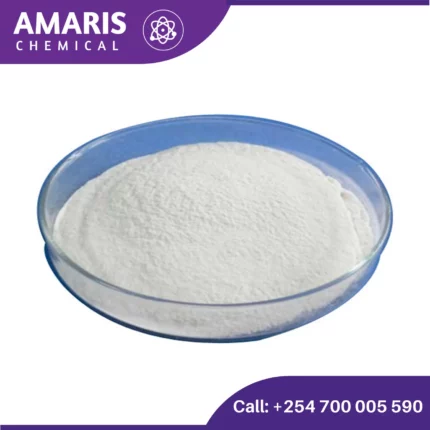
Magnesium Oxide Light Powder 250gm
KSh2,500.00 Original price was: KSh2,500.00.KSh2,300.00Current price is: KSh2,300.00.
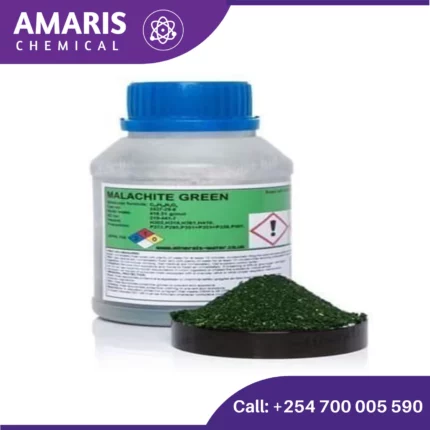
Malachite Green 25gm
KSh1,500.00 Original price was: KSh1,500.00.KSh1,200.00Current price is: KSh1,200.00.
Magnesium Ribbon 25gm
KSh1,200.00 Original price was: KSh1,200.00.KSh900.00Current price is: KSh900.00.
Magnesium ribbon is a common laboratory material made from pure magnesium. It is typically supplied in thin strips or coils, making it easy to cut and handle. Magnesium ribbon has several uses and is involved in various types of experiments due to its distinct chemical and physical properties.
SKU:
ACS99293CHEM0
Category: Special Laboratory Equipment
Description
Uses of Magnesium Ribbon
1. Combustion Experiments
- Demonstration of Combustion: Magnesium ribbon is often ignited to demonstrate a combustion reaction. It burns with an intense white flame, forming magnesium oxide (MgO) and releasing a significant amount of light and heat.
2Mg+O2→2MgO2Mg+O2→2MgO
- Illustrating Exothermic Reactions: The burning of magnesium is a clear example of an exothermic reaction, showcasing the release of energy in the form of light and heat.
2. Chemical Reactions
- Reaction with Acids: Magnesium reacts vigorously with acids like hydrochloric acid to produce hydrogen gas and magnesium chloride (MgCl₂). This reaction is used to study reactivity and gas production.
Mg+2HCl→MgCl2+H2Mg+2HCl→MgCl2+H2
- Single Displacement Reactions: Magnesium can displace less reactive metals from their compounds in solution, illustrating the activity series of metals.
3. Thermite Reactions
- Ignition Source: Due to its high burning temperature, magnesium ribbon can be used to ignite thermite mixtures, which involve the reaction of metal oxides with aluminum to produce molten metal and a great deal of heat.
4. Synthesis of Magnesium Compounds
- Formation of Magnesium Hydroxide: When reacted with water, magnesium forms magnesium hydroxide and hydrogen gas, which can demonstrate the reactivity of magnesium with water.
Mg+2H2O→Mg(OH)2+H2Mg+2H2O→Mg(OH)2+H2
- Production of Magnesium Sulfate: By reacting magnesium with sulfuric acid, magnesium sulfate (Epsom salt) can be produced, which is used in various applications.
Mg+H2SO4→MgSO4+H2Mg+H2SO4→MgSO4+H2
5. Educational Demonstrations
- Redox Reactions: Magnesium is used to demonstrate oxidation-reduction reactions, showing the transfer of electrons between substances.
- Stoichiometry: It can be used to illustrate stoichiometric principles in chemical reactions by measuring the reactants and products.
6. Energy Studies
- Heat and Light Production: The intense heat and light produced by burning magnesium can be used to study energy transformations and the characteristics of different types of energy.
7. Analytical Chemistry
- Gravimetric Analysis: Magnesium can be used in gravimetric analysis, where its reaction with other substances is used to isolate and weigh a product, helping determine the composition of a sample.
Safety Considerations
- Eye Protection: Always wear proper eye protection, such as safety goggles, when burning magnesium to protect against the bright light.
- Fire Safety: Use appropriate fire extinguishers (Class D) for metal fires. Do not use water or CO₂ extinguishers on burning magnesium.
- Handling: Handle with care to avoid skin contact and inhalation of dust or fumes.
Storage and Disposal
- Storage: Store magnesium ribbon in a dry, cool place away from moisture and oxidizing agents.
- Disposal: Neutralize small amounts with dilute acids before disposal. Follow local hazardous waste disposal regulations for larger quantities.
Reviews (0)
Be the first to review “Magnesium Ribbon 25gm” Cancel reply
Shipping & Delivery
Related products
Atomic Model Set
KSh0.01
A lab atomic model set is a collection of physical models and materials designed to represent the structure of atoms and molecules. It is commonly used in educational and scientific laboratory settings to visually demonstrate the arrangement of protons, neutrons, and electrons within an atom, as well as the bonding patterns between atoms in molecules. These sets typically include colored balls of various sizes representing different types of atoms, as well as connectors or magnets to simulate chemical bonds between them. The purpose of these sets is to help students and researchers better understand the principles of atomic and molecular structure in a tangible and interactive way.
Balance lever
KSh0.01
The best definition of a balance lever is a simple machine that consists of a rigid bar or beam that pivots around a fixed point called the fulcrum. It is used to compare the weights or forces of two objects and determine if they are in equilibrium (balanced) or if one side is heavier than the other (unbalanced).
The balance lever operates on the principle of torque, where the torque (rotational force) exerted on one side of the fulcrum is equal to the torque on the other side when the system is in equilibrium. This principle is expressed by the formula: Torque = Force × Distance from fulcrum.
By placing known masses or weights on one side of the lever and an unknown weight on the other side, the balance lever can be used as a weighing scale. When the lever is in balance, the two sides are equal in weight or force. This concept has been widely used in various applications, from traditional weighing scales to more complex systems like seesaws or construction equipment.
Barlows wheel apparatus
KSh0.01
The Barlow's wheel apparatus is an experimental device used to demonstrate the conversion of electrical energy into mechanical energy through electromagnetic principles. It consists of a horizontal wheel or disk with radial metal spokes attached to its center. The wheel is mounted on an axle, allowing it to rotate freely.
Boyles Law apparatus
KSh0.01


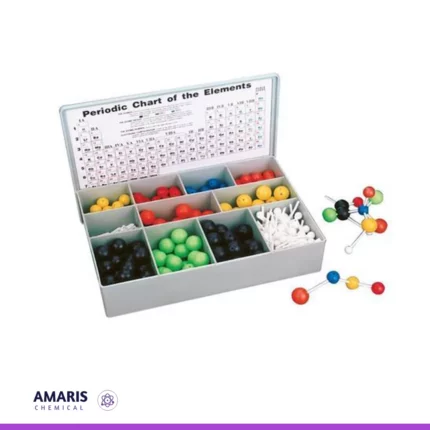
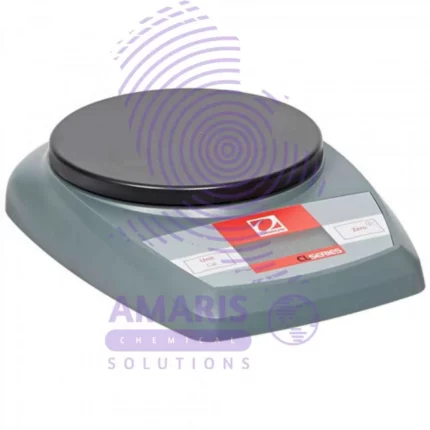
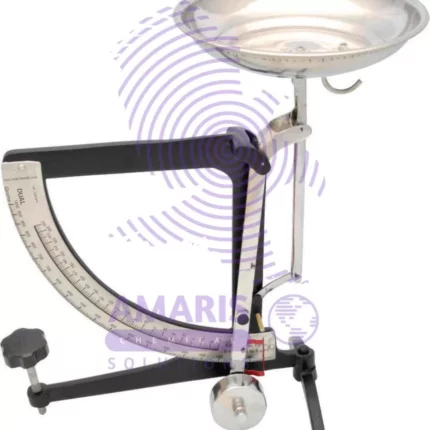



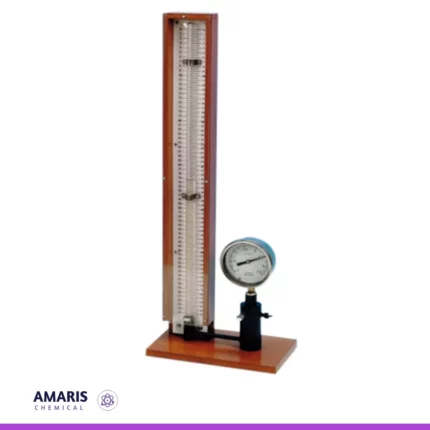







Reviews
There are no reviews yet.